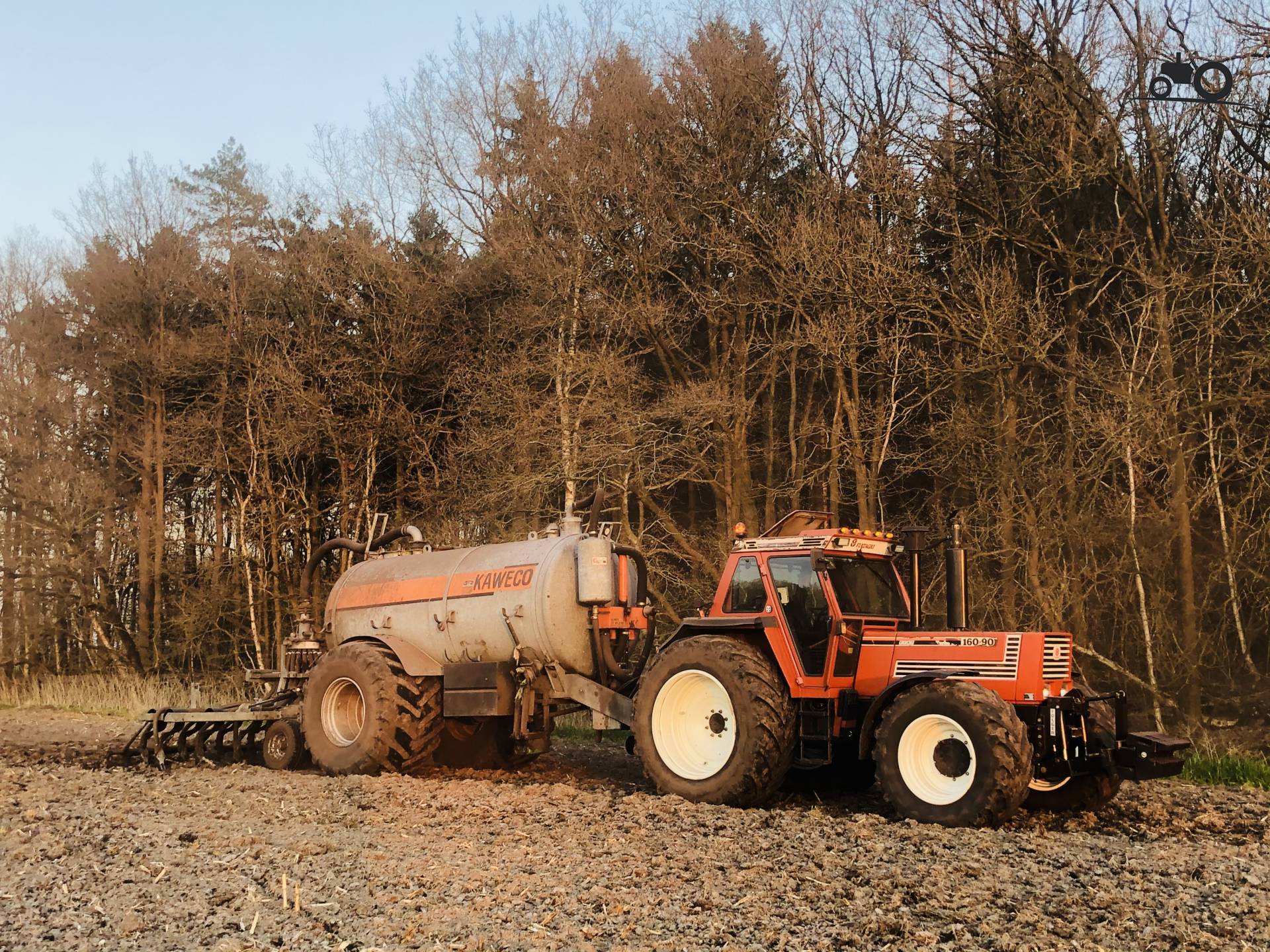Mestgassen - Iedereen kent de gevaren - laat het niet gebeuren!
Cattle slurry deaths prompt warning to farmers
16 February 2012 | By Alistair Driver
FARMERS are being warned over the dangers posed by stored slurry after the deaths of four cattle from toxic gas produced by a slurry store.
The deaths occurred when a Scottish beef producer in the Borders region took advantage of a recent dry spell to begin emptying some of the slurry stored under the slatted floors of his beef sheds. After taking out two or three loads he returned to find four large steers dead. They had been suffocated by hydrogen sulphide gas.
The unusual circumstances surrounding the deaths have prompted the Scottish Agricultural College (SAC) to issue a special hazard warning to farmers. It sad the farm had just started using waste plaster board containing high levels of gypsum to help dry up the straw bedding being used in other buildings. Heavy rain had washed some of that gypsum into the slatted shed and down into the slurry store. Gypsum, or calcium sulphate, contains high levels of sulphur which encourages the bugs to produce even greater amounts of hydrogen sulphide from the slurry.
“It is well known that mixing and handling slurry can produce this toxic gas, which is invisible, although it smells like rotten eggs,” SAC said. “In a confined area it rapidly kills both cattle and humans by suffocation. It is also understood that adding silage effluent to slurry increases the risk as the nutrients in the effluent feed the bacteria in the slurry which are responsible for producing the hydrogen sulphide gas.
“SAC warns producers who are using waste plaster board or other gypsum sources to remember this message and, as an additional safeguard, ensure that the product is stored and used in a way which completely avoids any potential contamination of slurry supplies. While this use of gypsum sources is relatively uncommon in Scotland it is believed to be more widely used in England where there is more available.”
SAC also reminded farmers of key safety points to bear in mind when emptying slurry stores:
- Before starting take all animals out of the building and open all ventilation, doors etc.
- Never enter the building when the pump mixing the slurry or emptying the store is working.
- Ensure there is always another person present who stays outside the shed and can summon help if needed, but without entering the building and endangering themselves.
- If entry is absolutely necessary, only appropriately supervised, competent persons, equipped with harness, lifeline and breathing apparatus, should enter slurry storage cellars and tanks.
NFU Scotland spokesman Bob Carruth said the union had reports of another nine dairy cattle dying on a Lanarkshire farm last week as a result of toxic gas generated by slurry mixing. He reinforced SAC’s message.
“As we head into spring, this is a very timely reminder from SAC of the dangers to man and beast from mixing slurry in an enclosed space,” he said. “The dangers to farmers, their staff and their stock from mixing slurry are stark. SAC’s clear advice on removing stock from buildings, providing proper ventilation, staying clear of buildings while mixing is taking place and having staff support should be followed at all times. “The loss of stock and the threat to human life are avoidable. Even though farmers may be under pressure to get slurry out, their own safety and the well-being of their staff and their animals must remain uppermost in their minds.” farmersguardian.com/home/livestock/…
scotsman.com/business/warnin/ ... _1_2122567
Deel dit topic
Deel ook jouw kennis en inzicht
Hebben de thema's mest , sac , dairy , mestgassen en 2012 geen geheimen voor jou? Dan kunnen we jouw kennis en inzicht goed gebruiken! Of je nu actief bijdraagt door foto's, video's, topics of reacties te plaatsen, of je zorgt er middels de stemknoppen voor dat de beste reactie naar boven borrelt.. Jouw kennis en inzicht m.b.t. de melkveehouderij kunnen deze site nét dat beetje beter maken. Maak ook een (gratis) account aan!





Reacties
- verdrinking in drijfmest of water
- verstikking ten gevolge van mestgassen
hsa.ie/eng/Your_Industry/…